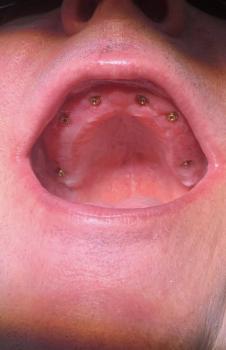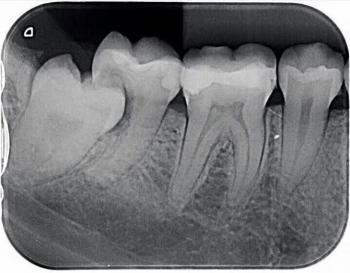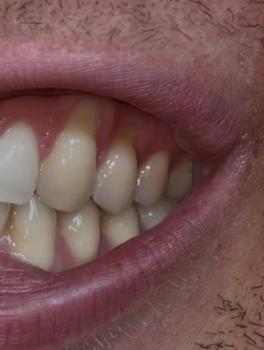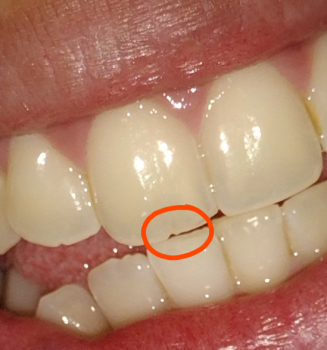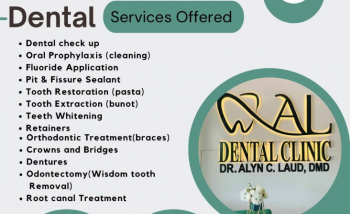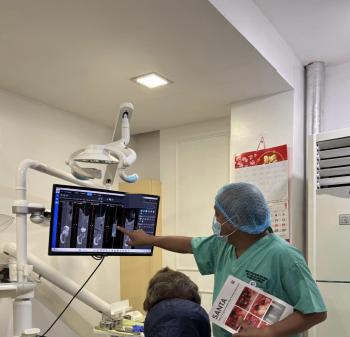Smile Again with Comfort and Confidence.
Crowns & Bridges vs. Dental Implants: Which is Best for Your Smile? (Pros, Cons & Cost)
Language :
Crowns and Bridges vs. Dental Implants: A Comprehensive Comparison
When it comes to restoring missing or damaged teeth, patients often face a choice between dental crowns & bridges and dental implants. Each option has its own advantages and disadvantages, depending on factors like cost, durability, and oral health. Let’s break down the differences to help you make an informed decision.
1. Dental Crowns and Bridges
What Are They?
-
Crowns: A dental crown is a tooth-shaped cap placed over a damaged tooth to restore its shape, strength, and appearance.
-
Bridges: A dental bridge fills the gap left by missing teeth by anchoring an artificial tooth (pontic) between two crowns attached to adjacent natural teeth.
Materials Used
-
Porcelain/Ceramic: Natural-looking, best for front teeth.
-
Porcelain-Fused-to-Metal (PFM): Stronger but may show a metal line over time.
-
Gold Alloys & Metal Crowns: Extremely durable, often used for back teeth.
-
Zirconia: Strong, biocompatible, and aesthetically pleasing.
Advantages
✔ Faster treatment (typically 2-3 visits).
✔ Less invasive than implants (no surgery required).
✔ Cost-effective compared to implants.
Disadvantages
❌ Requires altering healthy teeth (for bridges, adjacent teeth must be filed down).
❌ Not as long-lasting (may need replacement every 10-15 years).
❌ Bone loss can occur over time since the jawbone isn’t stimulated.
2. Dental Implants
What Are They?
A dental implant is a titanium post surgically placed into the jawbone, acting as an artificial tooth root. A crown is then attached to the implant.
Materials Used
-
Titanium: Biocompatible, fuses with bone (osseointegration).
-
Zirconia Implants: Metal-free alternative, hypoallergenic.
Advantages
✔ Permanent solution (can last a lifetime with proper care).
✔ Preserves jawbone (prevents bone loss by stimulating growth).
✔ No damage to adjacent teeth (unlike bridges).
Disadvantages
❌ Higher upfront cost.
❌ Longer healing time (3-6 months for osseointegration).
❌ Requires surgery (not suitable for patients with low bone density).
Do They Affect Teeth Alignment?
-
Crowns & Bridges: If not fitted properly, they can cause bite misalignment.
-
Implants: Mimic natural teeth and maintain proper alignment, preventing shifting of adjacent teeth.
A Short Story: Choosing the Right Option
Maria had been hiding her smile for years after losing a molar in a biking accident. She visited Dr. Lee, who explained her options:
Option 1: A Dental Bridge
"It’s quicker and cheaper," Dr. Lee said. "But we’ll need to reshape the teeth beside the gap." Maria hesitated—she didn’t want her healthy teeth filed down.
Option 2: A Dental Implant
"It’s more expensive and takes longer," Dr. Lee admitted. "But it’ll last decades and protect your jawbone."
Maria thought about her long-term health. Though the cost made her nervous, she chose the implant. A year later, she smiled confidently, knowing her teeth were secure—just like natural ones.
Final Thoughts
-
Choose Crowns/Bridges if you want a faster, budget-friendly fix.
-
Choose Implants for a permanent, bone-preserving solution.
Consult your dentist to see which option suits your needs best!

